Hi everyone, I am very happy to announce the second interview of this new section, especially because I received messages of some of you saying that have loved the first interview and were anxious for the next. This month I want to introduce you to Spanish multidisciplinary artist Diana Larrea. Enjoy it!
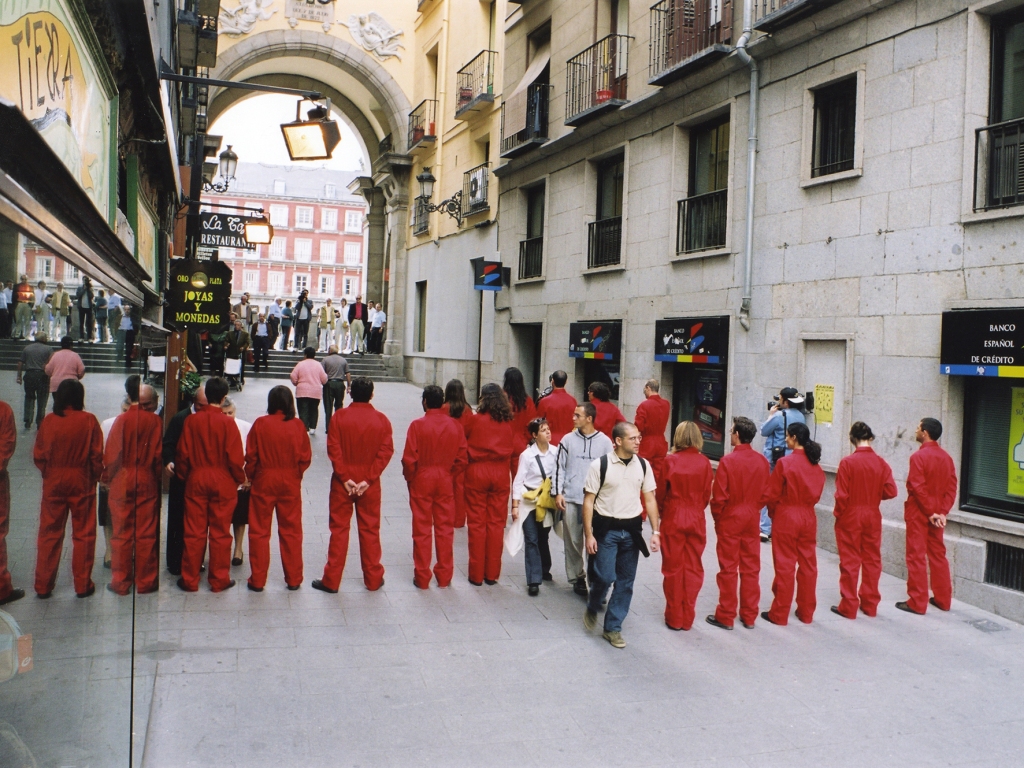
Do you remember when was your first contact with art?
Since a very short age, I felt a special attraction for all visual artistic manifestations: painting, cinema, photography, etc. My parents were interested in art and they used to visit museums and art galleries, I remember enjoying those visits very much.
Who would you say introduced you to art?
My grandfather was fond of copying classic paintings, and I have always seen those self-taught versions at his house. Works of Goya, Monet, Picasso’s blue and pink phase, Brueghel or Dalí, works that I met first through his copies thinking that they were his originals (laughs)
When you knew that you wanted to become an artist?
I was always a creative and inventive, with a wide imagination. I only had fun drawing. So, since a very short age I dreamed of becoming a great artist because it was the only thing in which I stood out.
Where have you studied art?
I studied at the Faculty of Fine Art at the Universidad Complutense de Madrid. I graduated in 1996 and during that decade the studies in that school were a bit old-fashioned. In my opinion, it was a plastic education very traditional, from 19th century, because too much importance was awarded to subjects such as classical drawing, anatomy, figurative modelling, etc. The exception were the theoretical subjects of Aesthetics. On this matter, it was the teachers of this subject, art historians such as Tonia Raquejo, Selina Blasco and Aurora Fernández Polanco, those who gave the most on an intellectual level.
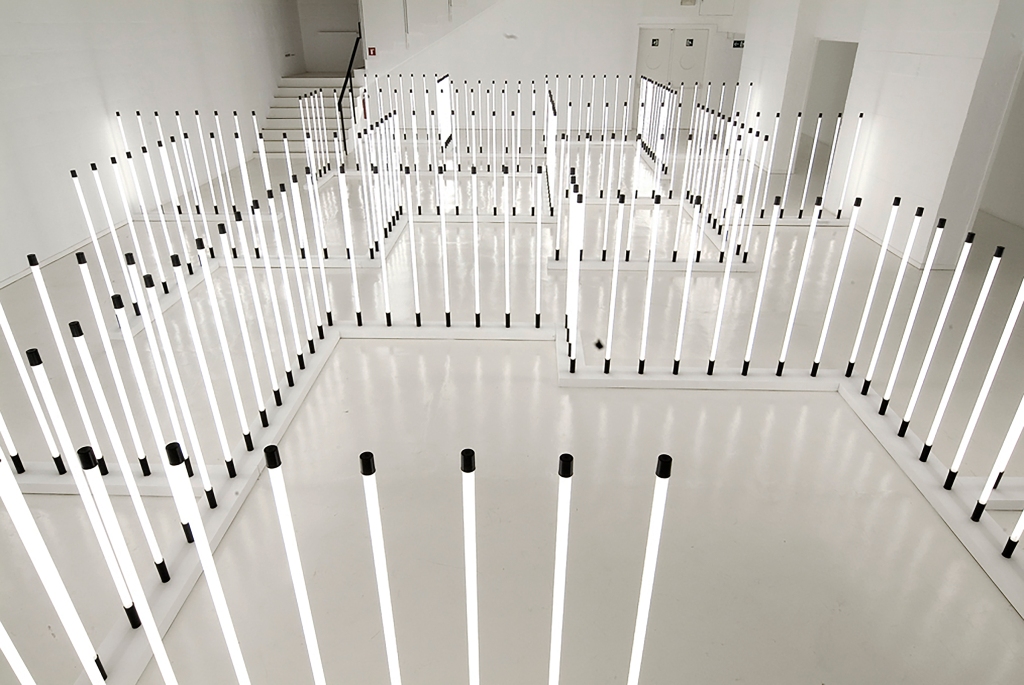
What artists inspired you when you were young? And today?
During these last years of my career, I remember discovering the artistic movements of 70’s, Land Art, Happening and Appropriation. The women artists of those movements such as Nancy Holt, Ana Mendieta, Rebecca Horn, Cindy Sherman, Martha Rosler, Barbara Kruger or Sherrie Levine have fascinated me then and continue to do so now. The last four years, thanks to my project “Tal día como hoy” (in English “on this day…”) in which I studied the historical female artists of the past, the works of those women, that I didn’t know until recently, it was a revelation to me. The biographies and works of those female great masters are what motivate me the most right now.
Where do you think you find inspiration?
Inspiration arises many times from the contemplation of other works of art that communicate an intense emotion or achieve a connection with something that you are passionate about. As an artist, you nourish yourself of what surrounded you and sometimes all of it produces a seed that you don’t know very well how or when it will grow. The creative process is unpredictable and in each case it develops differently. There are times in which everything flows quickly and with freshness, and you start producing right away. Other times, the concepts took months to settle, and you don’t feel prepared to execute the work until you assimilate it for a time. With the years you learn how to let yourself go. There are no rules in the creative process and for this reason it is something magical that lift you off the ground.
Do you have a favourite among your projects?
Phew! How difficult to answer this question. It is like to ask a mother which of her children she loves more. It’s impossible to answer. Each project has its particular history and all of them enriches you as an artist. Still, I could say that I am quite proud of the first urban interventions that I did between 2000 and 2006. It was a phase in which I splurged excitement and I like to remember it. I am still interested in public art, that exercise of introducing artistic pieces in public places and establishing dialogues with the everyday environment seems powerful to me, although social relations in public space have changed a lot since then. The streets are nowadays much more politically controlled and most of the interventions that I made then could not be carried out today.
When do you started to work with different medias? How do you choose the media for each project?
I began to distinguish myself as a multidisciplinary artist from the beginning of my career. As I explained before, I left the university longing to experiment with new medias and leave behind all the traditional methods imposed on the university. So in 1998 I began to carry out my first space installations and specific interventions and later urban actions, videos, etc. I was especially interested in getting away from the concept of elitist art because I preferred to establish a more accessible communication with the public. I sought to turn the artistic piece into a stimulus for all types of spectators. My wishes were focused on getting a direct implication with reality from an experience-based event. Those were the foundations of my work and although I have evolved in a very versatile way, they are ideas that are still present in my current practice.
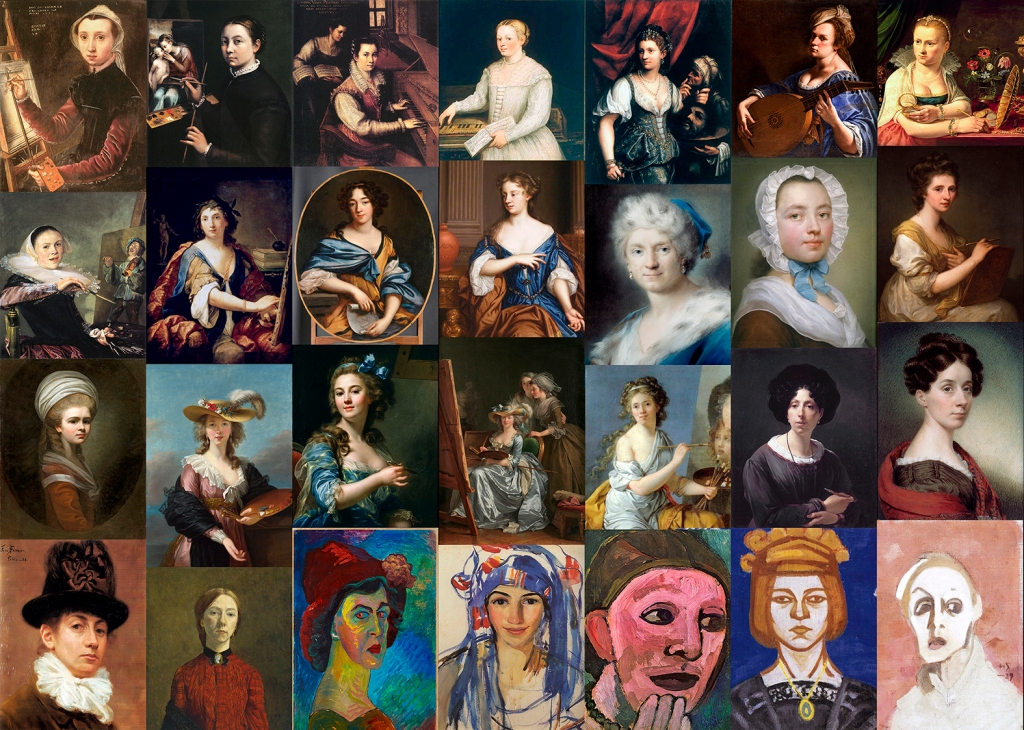
How have you had the idea for your project “Mujeres del Arte” which is better known as “Tal día como hoy”?
In May 2017, I attended a performance at the Faculty of Fine Arts by an artist, friend of mine, who had been a classmate at that same school: María Gimeno. The performance was titled “Queridas Viejas” (in English: “Dear old women”) in which María inserted a knife in Gombrich’s manual The History of Art to all those women artists who were absent in this book. After seeing this performance, I left there literally in shock, by the large number of great female masters from the past that I had not heard from in my entire life. On the one hand, it was a great joy to know their wonderful works, but on the other hand I felt a deep sense of scam, having been denied the possibility of knowing about them for so long. Then I realized that the artistic work of women has been discriminated against since the Middle Ages and continues to be so, as reflected by current data. A week after attending María’s performance, I decided to publish for a year on my personal profile on social networks the biographies and works of hundreds of plastic creators, including painters, sculptors, photographers, cartoonists, printmakers, textile artists, multidisciplinary and experimental filmmakers. I have been covering all historical periods, from the Middle Ages, Renaissance, Baroque, Rococo, Neoclassicism, Romanticism, Realism, “Art Nouveau”, Impressionism, Post-Impressionism, to the avant-gardes of the 20th century: Fauvism, Expressionism, Cubism, Futurism, Suprematism, Dada, Surrealism, Conceptual Art, Abstraction, etc. I already had previous references on Instagram from other colleagues who did something similar, such as the editor of “Frieze Magazine” Jennifer Higgie. So, it was not difficult to start the project and write down on a calendar the names of all the artists that I was discovering, in such a way that between births and deaths a year would be completed, which is what I originally planned. However, the proposal began to grow as the months progressed. Many people started following me and sharing all my posts. I realized that my personal need to meet these women artists was actually a collective need and many people identified with the project as I did.
Are you working in a new project right now?
I’m preparing a solo exhibition for the month of May of this year of which you will have news very soon. It’s a proposal that is in tune with my latest post-photographic project “De entre las muertas”, 2020 (in English: From the dead) that I presented at the Espacio Minimo Gallery in Madrid last year. The new works that I will show in this next exhibition are also inspired by my online action “Tal día como hoy”.
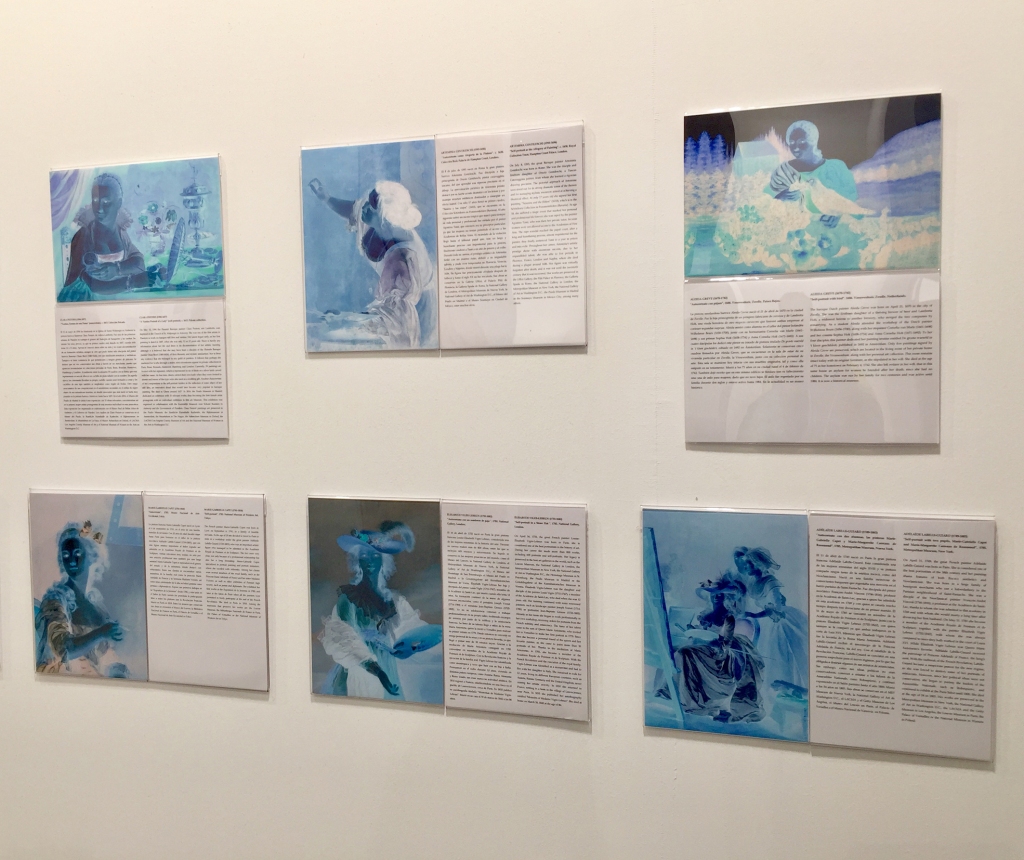
De entre las muertas, 2020 
Catarina Van Hemessen
Did the pandemic affect your work? If yes, how?
The pandemic has inevitably affected us all in a personal way. Most of us have suffered the loss of a family member or loved one, our daily and work routines have changed, our social life has been transformed, etc. On a professional level, paradoxically in my specific case I have enjoyed a good year. I had the opportunity to inaugurate a solo exhibition at the Espacio Minimo Gallery in Madrid, as I mentioned before, which was completely acquired by the “Dos de Mayo Art Center” for the Madrid Community Collection. I also had the opportunity to be present with my gallery at the ARCO Fair, after many years absent from this event. In addition, I curated my first exhibition, entitled “Magical Feminism. A connection with the past” in which I invited fellow artists of my generation to show the works that current artists are doing inspired by the great masters of the past. I think I cannot complain.
For more information about Diana’s work:
Check her website or follow her on Instagram and Facebook. And for further information on the project Tal día como hoy.
All the images were kindly provided by the artist.

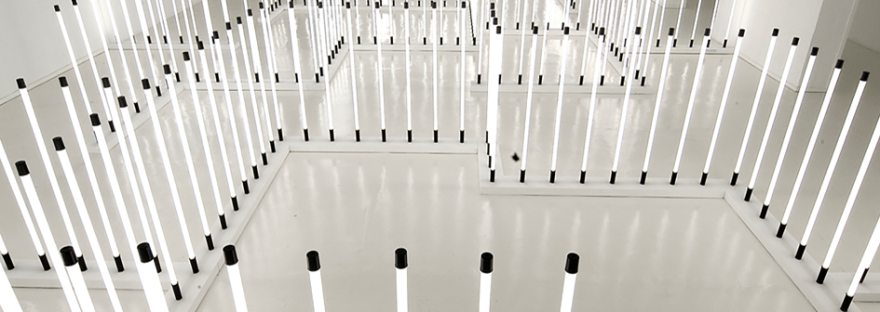







You must be logged in to post a comment.